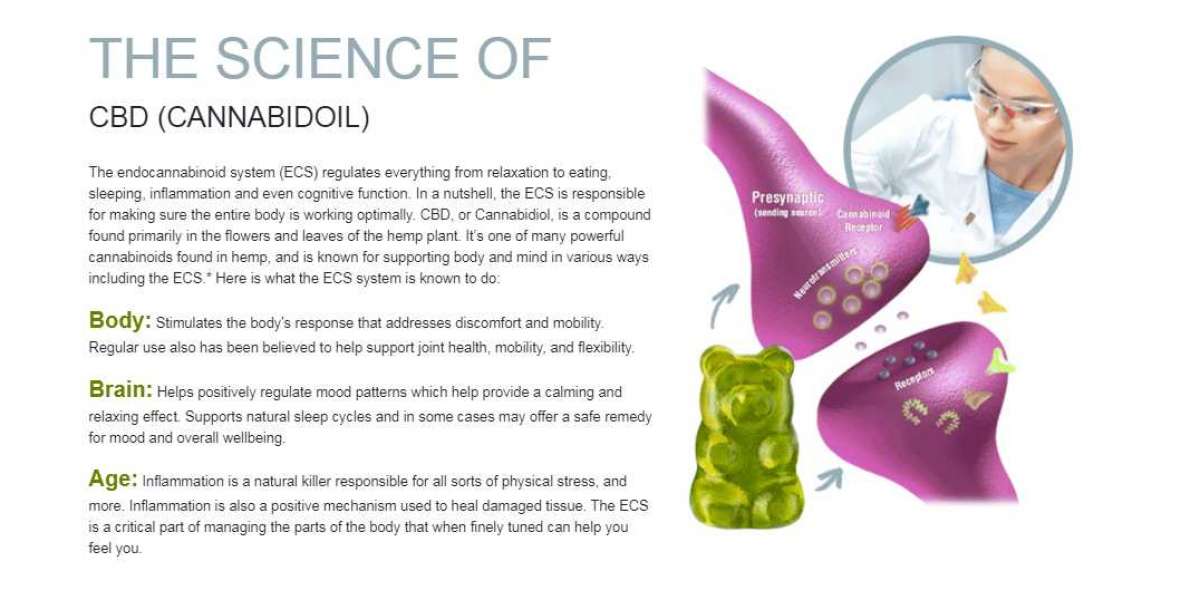In recent years, tube laser cutting machine have undergone significant technological advancements, revolutionizing their efficiency, precision, and versatility. These innovations have broadened the range of materials and applications that these machines can handle, making them indispensable in industries such as automotive, aerospace, construction, and furniture manufacturing. This discussion delves into the key technological innovations that have transformed tube laser cutting machines, exploring their underlying principles, impact on productivity, and influence on market trends.
1. Fiber Laser Technology
One of the most groundbreaking advancements in tube laser cutting machines is the shift from CO2 lasers to fiber laser technology. Fiber lasers generate light through a fiber optic cable doped with rare-earth elements like ytterbium, neodymium, or erbium. This innovation provides several benefits:
High Efficiency: Fiber lasers have a higher conversion efficiency (up to 30%) compared to CO2 lasers, which typically range between 5% and 15%. This efficiency translates into lower operational costs and reduced energy consumption.
Superior Beam Quality: The beam quality of fiber lasers is significantly better, allowing for finer cutting and engraving with reduced kerf widths. This quality ensures that intricate designs can be executed with precision, making fiber lasers ideal for industries requiring detailed work.
Material Versatility: Fiber lasers are highly effective for cutting a wide range of materials, including metals (like stainless steel, aluminum, and brass), plastics, and even wood. This adaptability allows companies to utilize a single machine for various applications, streamlining operations and reducing the need for multiple machines.
2. Dynamic Focus Control
Dynamic focus control is another technological innovation that has enhanced the performance of tube laser cutting machines. This technology allows for real-time adjustments of the laser focus during cutting, optimizing the cutting parameters based on the material thickness and type.
Improved Cutting Quality: By dynamically adjusting the focus, the cutting head can maintain the optimal focal point throughout the cutting process, ensuring consistent and high-quality cuts. This capability reduces issues such as burning or melting edges, which can occur when the focus is not properly maintained.
Increased Speed: The ability to adjust the focus dynamically also increases cutting speed. As the machine optimizes parameters in real-time, it can operate at higher speeds without sacrificing quality, leading to improved productivity.
Reduced Setup Time: With dynamic focus control, operators can spend less time adjusting settings for different materials and thicknesses, allowing for quicker job changes and minimizing downtime.
3. Intelligent CNC Control Systems
The integration of intelligent CNC (Computer Numerical Control) systems has significantly advanced the functionality of tube laser cutting machines. These control systems utilize sophisticated algorithms and artificial intelligence to enhance operational efficiency and accuracy.
Automatic Nesting Software: Intelligent CNC systems often include automatic nesting capabilities that optimize the layout of parts on the material sheet. This feature minimizes material waste, improves cutting efficiency, and reduces production costs.
Predictive Maintenance: Modern CNC systems can monitor machine performance and predict maintenance needs before failures occur. This capability allows manufacturers to schedule maintenance during non-productive hours, minimizing unexpected downtime and increasing machine longevity.
User-Friendly Interfaces: Advanced CNC systems come equipped with intuitive user interfaces, enabling operators to easily program complex cutting tasks and make adjustments on the fly. This user-friendliness reduces the learning curve for new operators and enhances overall productivity.
4. Enhanced Automation and Robotics Integration
The trend toward increased automation in manufacturing has extended to tube laser cutting machines. The integration of robotics and automated material handling systems has transformed how these machines operate.
Material Handling Automation: Automated loading and unloading systems reduce the need for manual intervention, allowing for continuous operation. This automation not only speeds up production but also reduces the risk of human error and workplace injuries.
Robotic Arm Integration: Some advanced tube laser cutting systems incorporate robotic arms that can manipulate workpieces during the cutting process. This capability enables complex geometries and shapes to be cut more efficiently and accurately than traditional fixed setups.
Flexible Manufacturing Systems (FMS): The integration of tube laser cutting machines into flexible manufacturing systems allows for the simultaneous processing of multiple parts and materials. This flexibility enhances overall production capabilities and adaptability to changing market demands.
5. High-Speed Cutting Head Technology
The development of high-speed cutting heads is another notable innovation that has improved the performance of tube laser cutting machines. These cutting heads feature advanced optics and mechanical designs that enable faster movement and cutting speeds.
Reduced Inertia: High-speed cutting heads are designed with lightweight materials and optimized shapes, which reduce inertia. This reduction allows for quicker acceleration and deceleration during cutting operations, contributing to faster cycle times.
Advanced Servo Motors: The use of advanced servo motors enhances the responsiveness and accuracy of cutting heads. These motors allow for precise movements, ensuring that cuts are made with minimal deviation from the intended path.
Increased Productivity: The combination of high-speed cutting heads and advanced control systems leads to significantly increased productivity. Manufacturers can produce more parts in less time, improving overall operational efficiency.
6. Laser Beam Profiling and Monitoring
Laser beam profiling and monitoring technologies have become integral to modern tube laser cutting machines. These systems analyze the characteristics of the laser beam and provide real-time feedback to ensure optimal performance.
Real-Time Monitoring: Advanced sensors and monitoring systems allow operators to track beam quality and focus during the cutting process. This real-time feedback helps identify issues before they affect the final product, ensuring consistent quality.
Adaptive Cutting Parameters: Laser beam profiling enables adaptive cutting parameters based on the current conditions of the beam. This capability allows the machine to self-adjust for variations in material or environmental factors, optimizing the cutting process continuously.
Quality Control: The integration of monitoring technologies contributes to enhanced quality control measures. Manufacturers can maintain strict standards by tracking cutting performance and making adjustments as needed.
7. Environmental Considerations and Sustainability
As industries increasingly focus on sustainability, tube laser cutting machine manufacturers have responded by developing environmentally friendly technologies. These advancements emphasize energy efficiency and waste reduction.
Reduced Energy Consumption: Innovations in laser technology, such as fiber lasers, contribute to lower energy consumption during cutting operations. The increased efficiency of these systems minimizes the overall environmental impact.
Material Recycling: Tube laser cutting machines often produce less waste due to precise cutting capabilities. The ability to maximize material usage through optimized nesting and cutting strategies aligns with sustainability goals in manufacturing.
Eco-Friendly Cooling Systems: Modern machines are designed with environmentally friendly cooling systems that use less water and energy than traditional methods, further reducing their ecological footprint.
Conclusion
The technological innovations in tube laser cutting machines have profoundly impacted various industries, enhancing capabilities, productivity, and sustainability. From the transition to fiber laser technology and the implementation of intelligent CNC systems to the integration of automation and monitoring technologies, each advancement contributes to a more efficient and versatile manufacturing process.
As these machines continue to evolve, their applications are likely to expand further, addressing the increasingly complex demands of modern manufacturing. The combination of precision, speed, and adaptability makes tube laser cutting machines essential tools for companies aiming to remain competitive in today's dynamic market. As industries embrace these innovations, the future of tube laser cutting looks promising, with continued advancements on the horizon.








